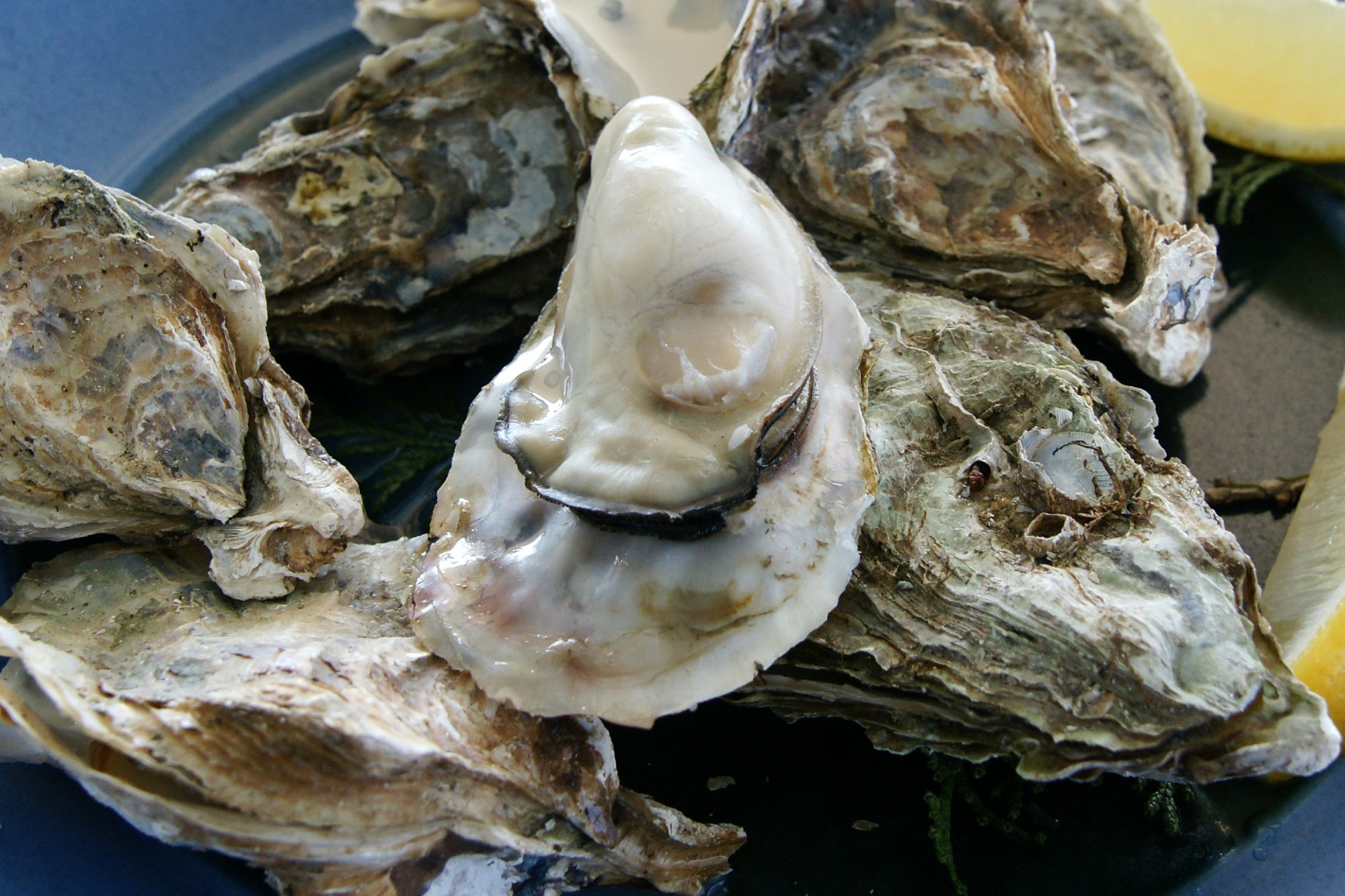One of the things I find irritating about most cook books is the insistence upon using subjective measures rather than weight. For instance, I made onion soup over the weekend. Nothing special about that, but I used the Balthazar Cookbook, so I should get credit for choosing well. Anyway, the recipe called for four medium onions. I don’t know about you, but I have never seen a chart with pictures of onions and their size category, although I am sure that it exists somewhere. The soup turned out very well (the chicken stock recipe in the book is excellent), and I am sure that I used approximately the correct amount of onion. But how difficult would it be to slap the onions onto a scale? I have an electronic scale in my kitchen that I use frequently. When I make hamburgers for the kids I will weigh the meat so that the burgers are of equal size. And because I know how much meat I started with, I can tailor the size so that I am not left with a tiny bit of ground beef. Yes, I know, that is a bit too close to OCD for most people, but the point is valid.
And just in case you thought that your measuring cups are wonderful scientific tools, many seemingly similar ingredients are of very different densities. Kosher salt is about half the density of table salt. And there are significant differences between brands of granulated sugar, so the bakers out there may want to start weighing their sugar for greater consistency. Or not.
I don’t want to sound like a ranting maniac (even though that is exactly what I sound like), but cooking, for many people, is intimidating enough without having to worry about whether the onions in the bag are medium or small.

